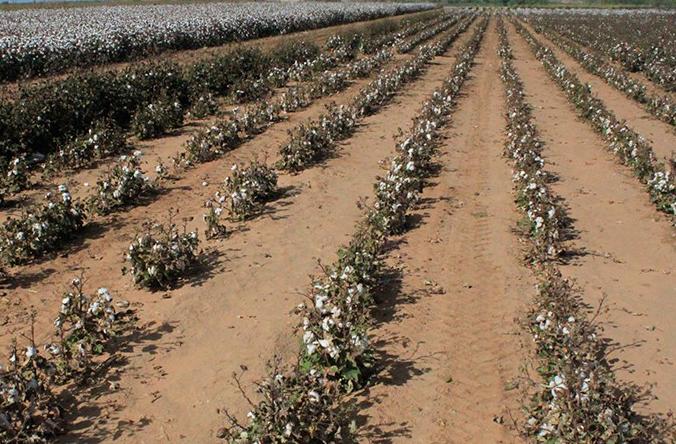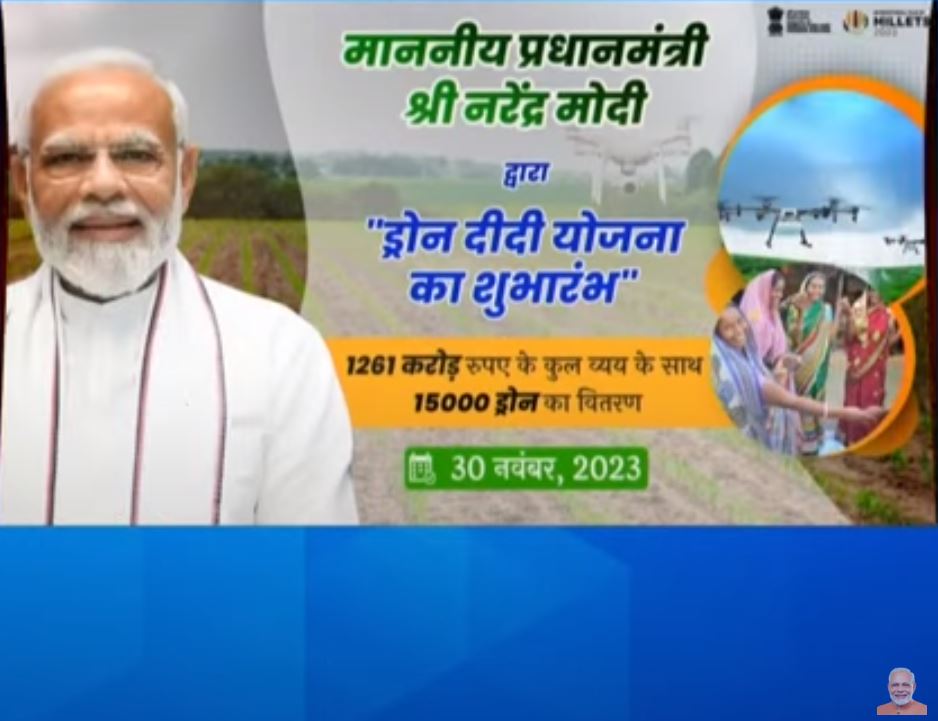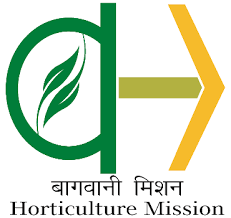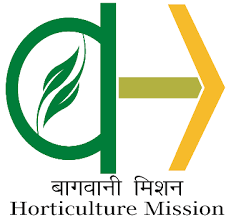Updated By: LatestGKGS Desk
Dryland Farming Features, Conditions, History, Benefits

Dryland Farming Features, History, Techniques, Conditions, Benefits, Farming under precipitation and unexpected weather
Dryland farming is agriculture dependent upon the vagaries of weather, especially precipitation. In its broadest aspects, dryland farming is concerned with all phases of land use under semiarid conditions.
Not only how to farm but how much to farm and whether to farm must be taken into consideration.
Above all else, dryland farming must emphasize the capture and efficient use of precipitation.
Rainfed farming and dryland farming are often used interchangeably, but this is a serious error.
Dryland farming is a special case of rainfed agriculture practised in arid and semiarid regions in which annual precipitation is about 20–35% of potential evapotranspiration.
Conditions of moderate-to-severe moisture stress occur during a substantial part of the year, greatly limiting yield potential, and in which farming emphasizes water conservation in all practices throughout the year.
Rainfed systems, although they include dryland systems, can also include systems which emphasize disposal of excess water, maximum crop yields, and high inputs of fertilizer.
There are three components of a successful dryland farming system:
(1) retaining the precipitation on the land,
(2) reducing evaporation from the soil surface to increase the portion of evapotranspiration used for transpiration.
(3) utilizing crops that have drought tolerance and that fit the precipitation patterns.


